The Parque de los Olivos is today an ecological park in Tláhuac, deep in southeast Mexico City. The park represents the only olive trees to survive a great prohibition pursued by the Spanish in the 18th century to protect their own olive markets. In fact, some of the park’s individual trees have survived since they originally put down roots in 1531.
A monk by the name of Fray Martín de Valencia planted them here in 1531. One of the “12 Apostles to Mexico,” Fray Martín was a Franciscan missionary. The fact that he’d planted these trees on church property remains the only plausible explanation for their survival. Some 65 of the original trees continued bearing fruit during a 2018 reforestation and survey. The fact that they survived a severe drought of some eight years in the 1860s is all the more remarkable.
By the early 20th century, olives grew throughout the region. From San Lorenzo Tezonco in the west to well into Chalco and Mexico State in the east where they’re still harvested today.
The trees here can reach a height of 15 meters. Perpetually crooked, dark, and shadowy, olive trees are a rare and remarkable thing even today. The park dedicated to their preservation is also a center for outdoor sports and recreation. Today, there’s a strong slant towards ecological and environmental education and protection, too.
Just north of San Juan Ixtayopan, one of Tláhuac’s seven original settlements, the Parque de los Olivos is the pride and joy of the area. Don’t be surprised to find at least some of the olives at one of the annual festivals in nearby Santiago Tulyehualco, either. (Most olives at the festivals will originate further afield in Mexico State.) But closer to home, there’s a remarkable park dedicated to appreciating them and preserving their future.
Hours: Daily, 7 a.m. to 6 p.m.
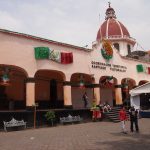
Nearest at 0.81 kms.
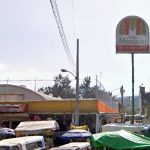
Nearest at 0.85 kms.
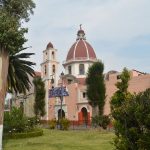
Nearest at 0.93 kms.
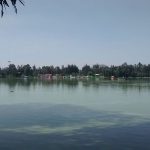
The forest park of Tláhuac...
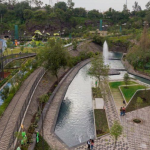
A former asphalt plant is reborn as a magnificent city park!
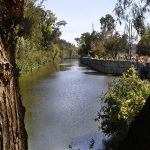
One of the Mexico City's oldest canals is restored and reinvigorated.

Once a forlorn barrier, today's Gran Canal park is uniting multiple neighborhoods.

One of Azcapotzalco's most beautiful parks, this one is older than it looks, and a treasure in the city's northeast